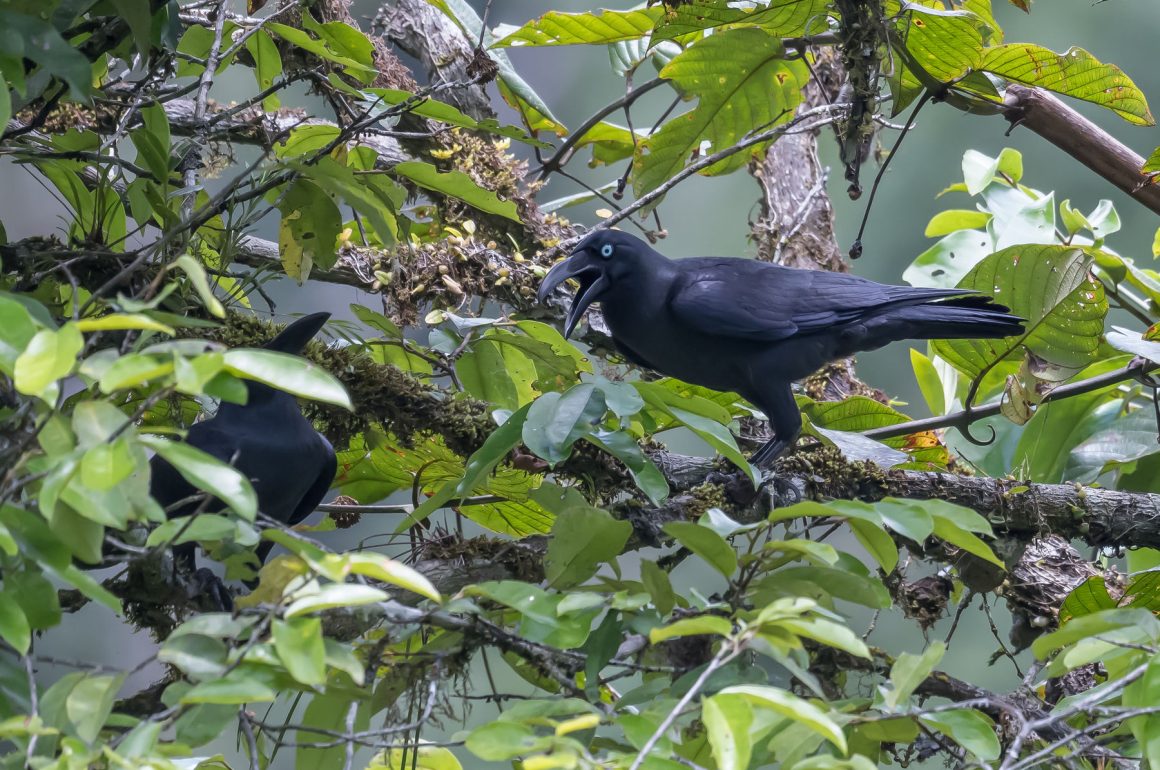
Given the curious shape of Halmahera (look at it on a map!), one is never too far away from the sea.
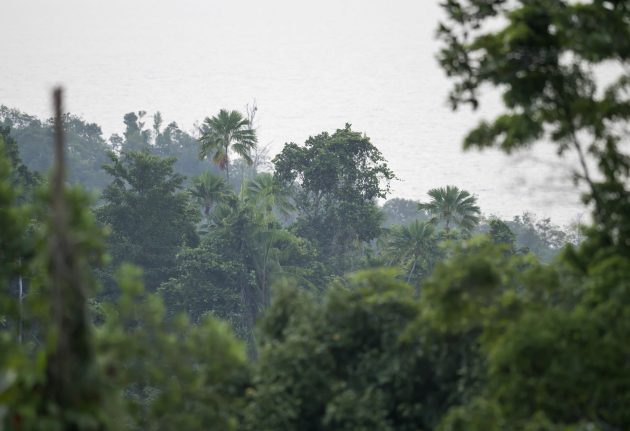
As for birds, any post on Halmahera should start with the Eurasian Tree Sparrow. If only as a promotion for my upcoming coffee table book “Eurasian Tree Sparrows of the World”. The delay in the publication is due to the intense bidding war among several publishers. My apologies for that.

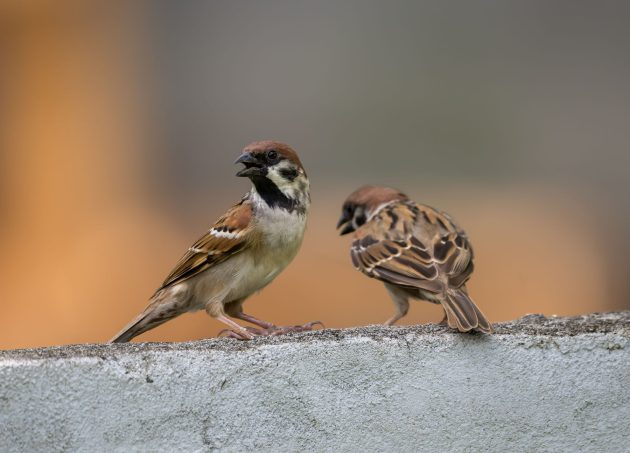
But there are other birds on Halmahera as well, apart from those mentioned in separate posts. Quite a few are more or less endemics, give or take a few smaller islands near Halmahera. One of them is the Goliath Coucal.
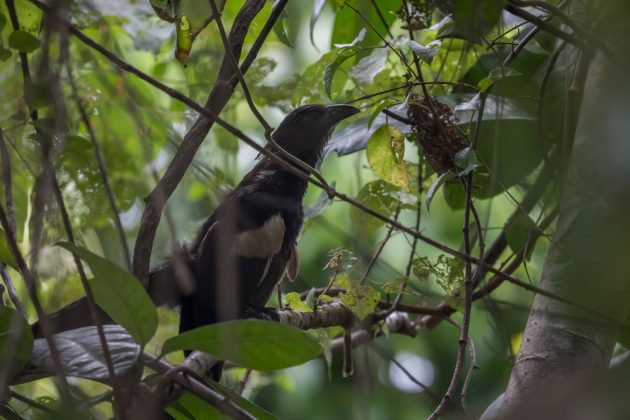
As the name suggests, it is a big bird, even though it seems to like moving around in dense brush and forest.

Like the other 28 coucal species, it is not a brood parasite despite being a cuckoo – and presumably, the smaller male provides most of the parental care including nest building, incubating, and feeding the chicks (source).
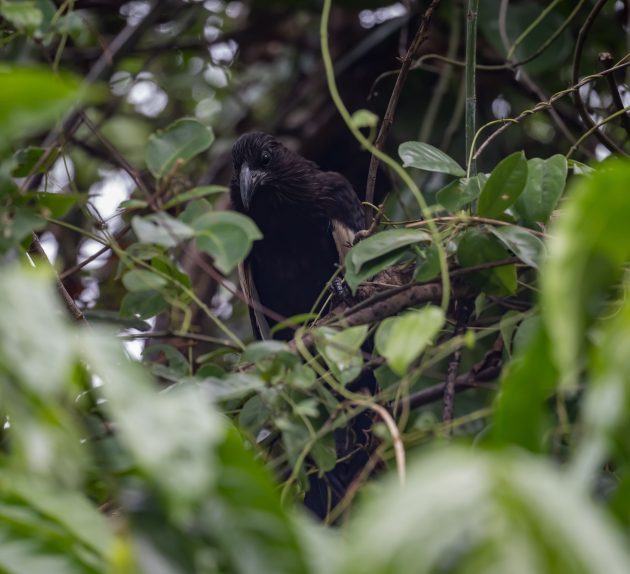
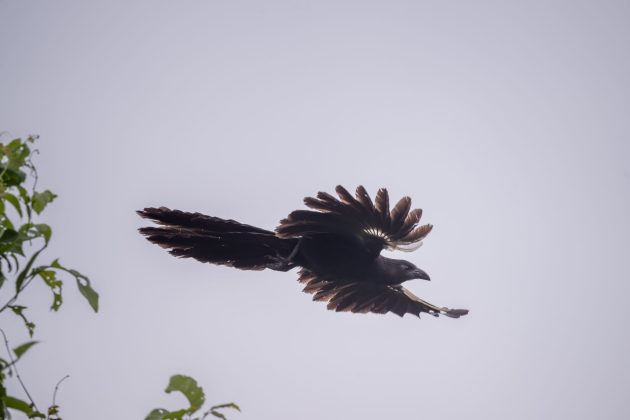
In contrast, the Brush Cuckoo is a parasitic cuckoo. In order to prevent egg rejection by the host species, it has at least two different types of eggs (source).
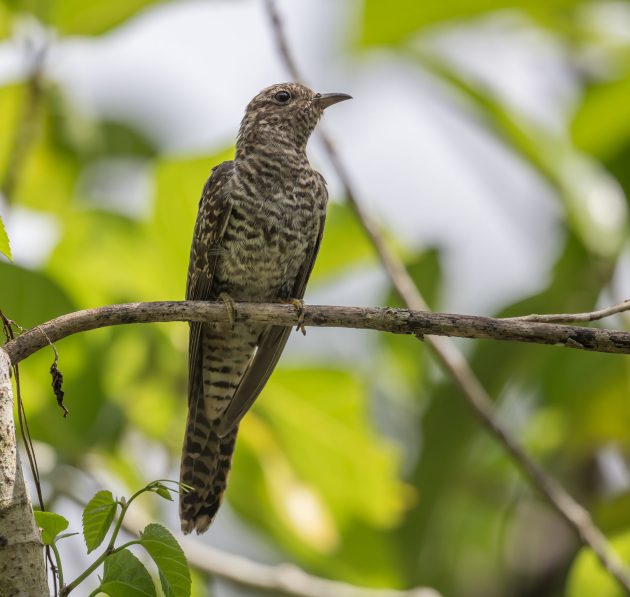
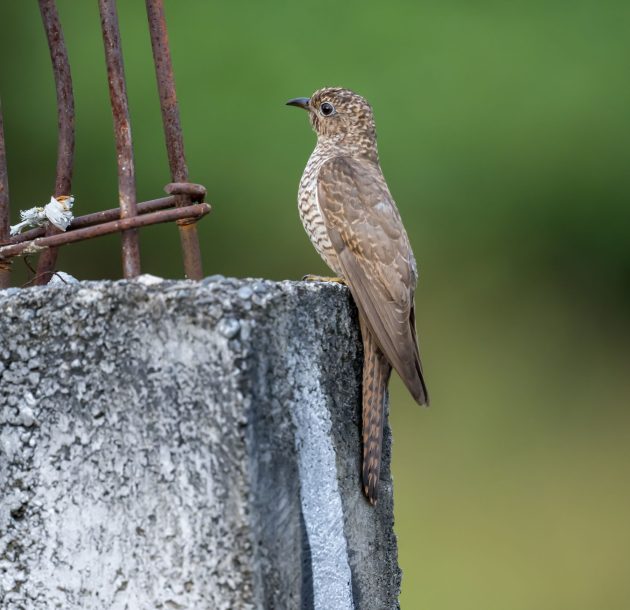
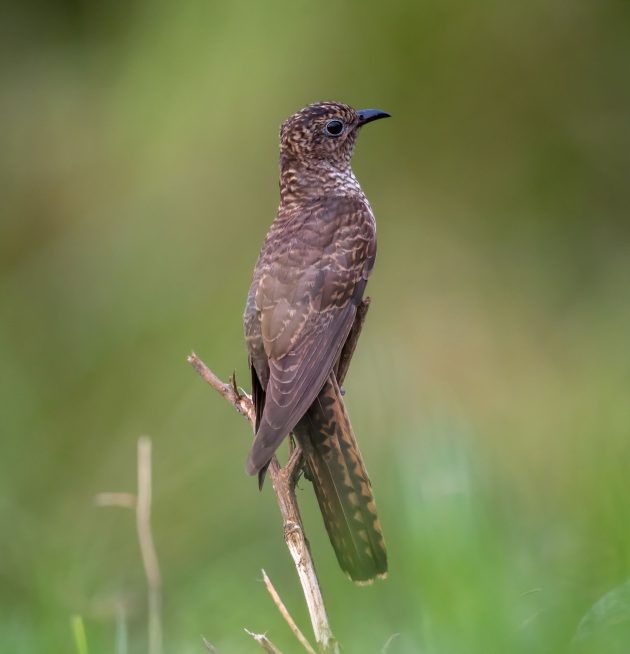
The Black-chinned Whistler is a “chunky, thick-billed songbird” (eBird) endemic to Halmahera and surrounding islands.
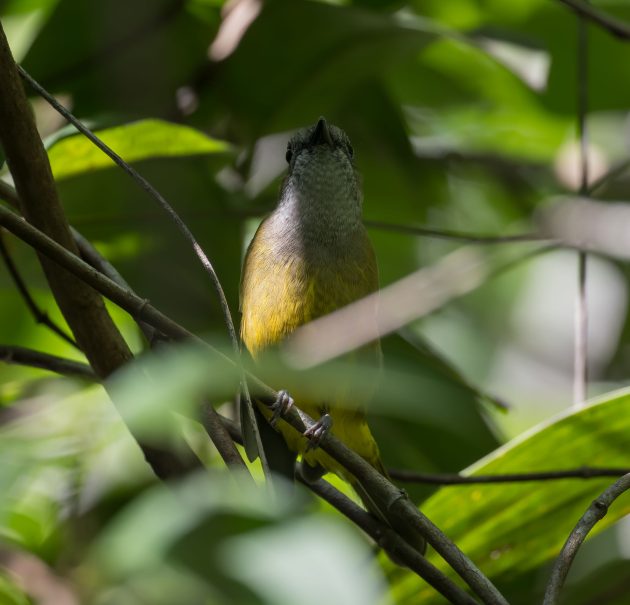
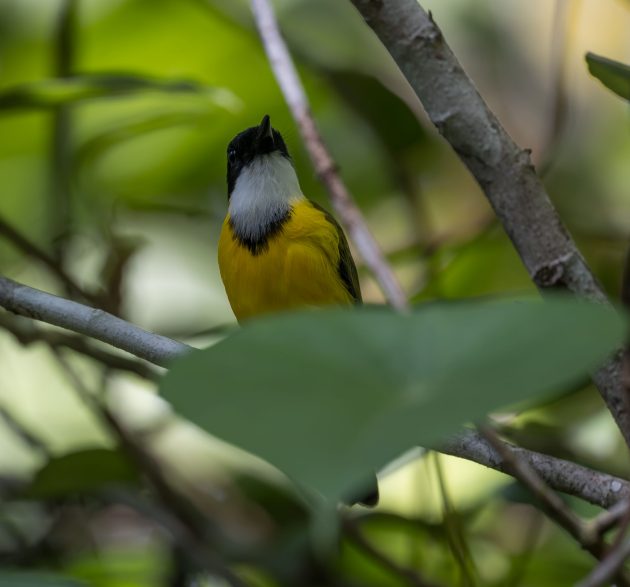
The Cream-throated White-eye has a much better scientific name, Zosterops atriceps – the Black-headed White-eye.
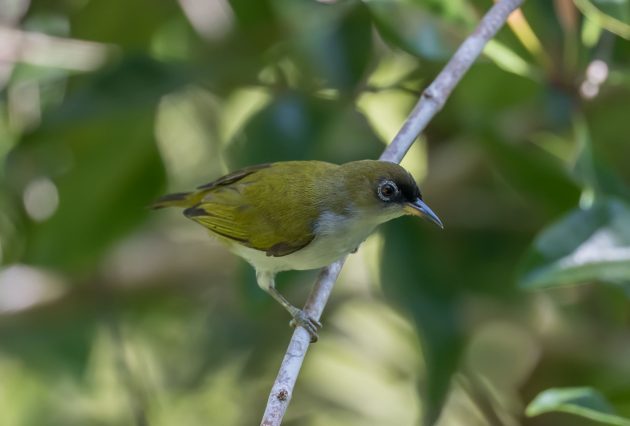
Like many birds on Halmahera, it is more or less an endemic, though to be honest, that still did not make it a very exciting bird for me.
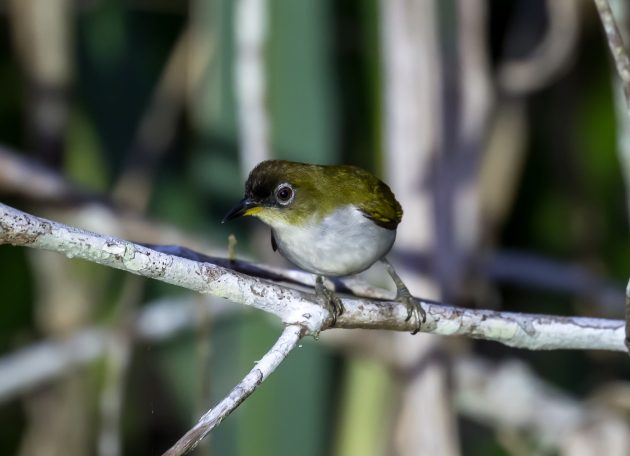
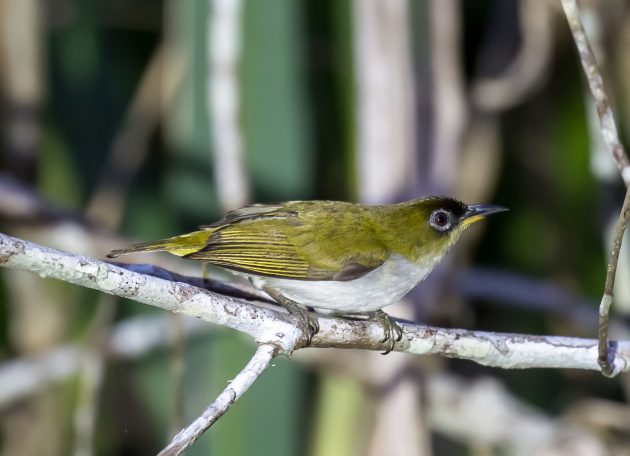
In contrast, the Brahminy Kite has a very wide distribution that includes India (in fact, the scientific name is Haliastur indus), Southeast Asia, and Australia. And it looks much more interesting.
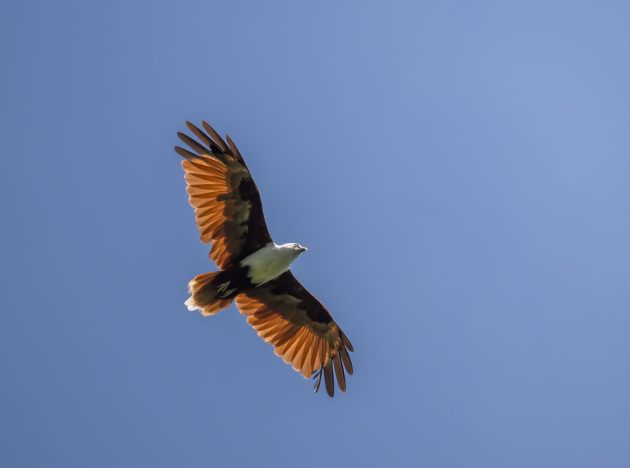
A paper claims that this species has an increased susceptibility to atherosclerosis. Which of course raises the question “What is atherosclerosis?”. The Mayo Clinic website explains “Atherosclerosis is a specific type of arteriosclerosis. Atherosclerosis is the buildup of fats, cholesterol and other substances in and on the artery walls. This buildup is called plaque. The plaque can cause arteries to narrow, blocking blood flow. The plaque can also burst, leading to a blood clot.” Sounds like something to avoid. Nowadays, I recommend to every Brahminy Kite I meet to visit a doctor. I more or less know they will ignore the advice of the doctor (“Eat a balanced diet that’s high in heart-healthy fruits, vegetables, and fish. Exercise for at least 30 to 60 minutes a day. Stop smoking”), but at least I have tried.
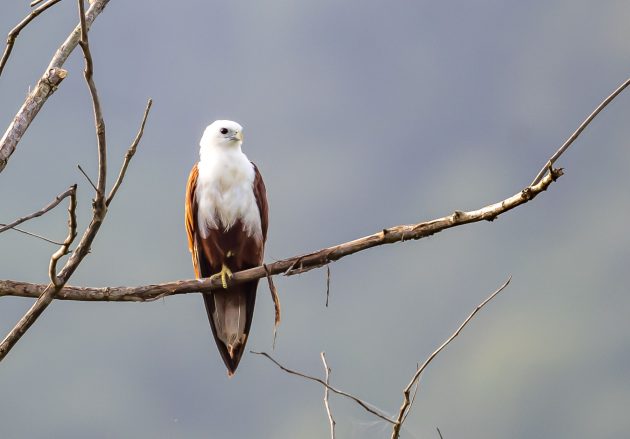
If you think of orioles as colorful, you will be disappointed to see a Dusky-brown Oriole.
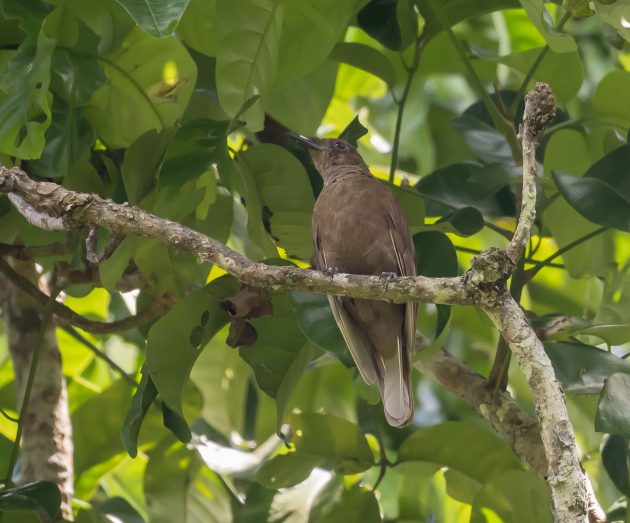
Though the name should have warned you, or the eBird description as a “nondescript, uniformly earth-brown medium-sized bird”.
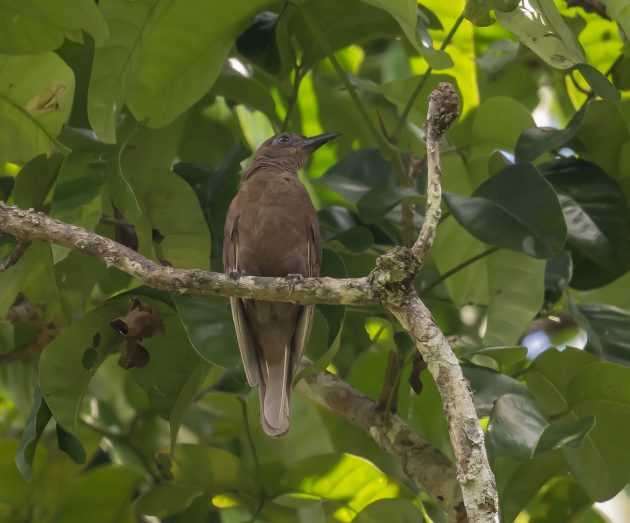
It is endemic to Halmahera and sometimes is just called Halmahera Oriole.
I only got a rather bad photo of the Halmahera Cuckooshrike, but as it is another endemic, I will include it anyway.
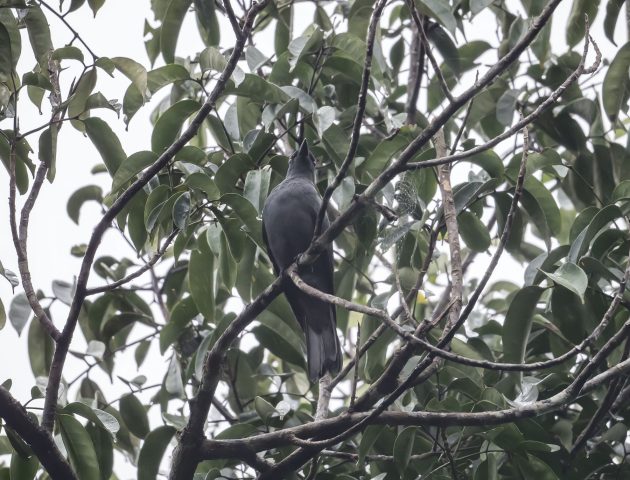
The Halmahera Paradise Crow is the other bird of paradise on Halmahera – though for birders, it is a lot less interesting than the Standardwing described in an earlier post.
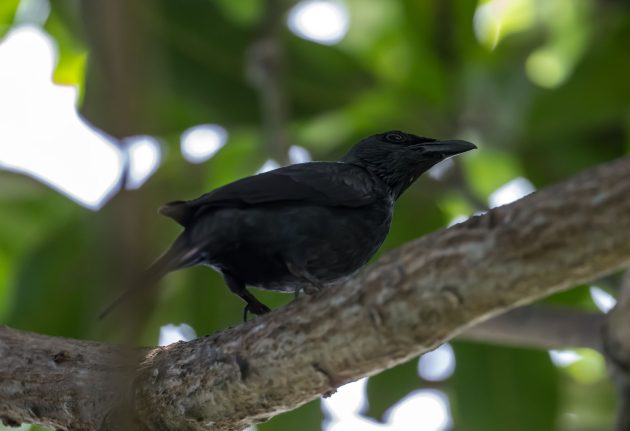
It looks much like a crow, and there is no visible difference between the male and the female.
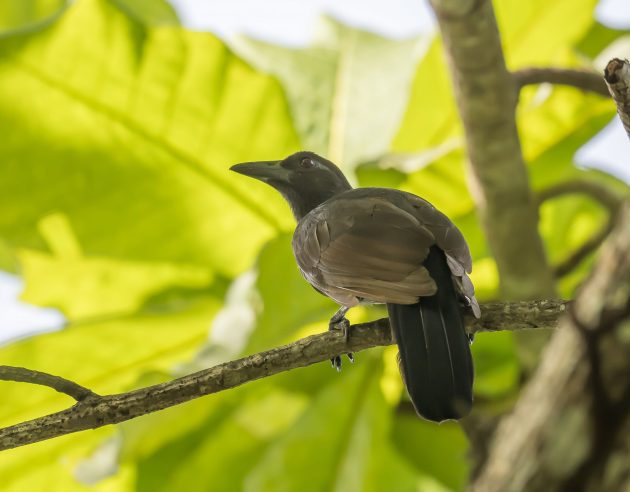
The scientific name Lycocorax pyrrhopterus suggests that the wings are flame-colored, something I find a bit hard to understand.
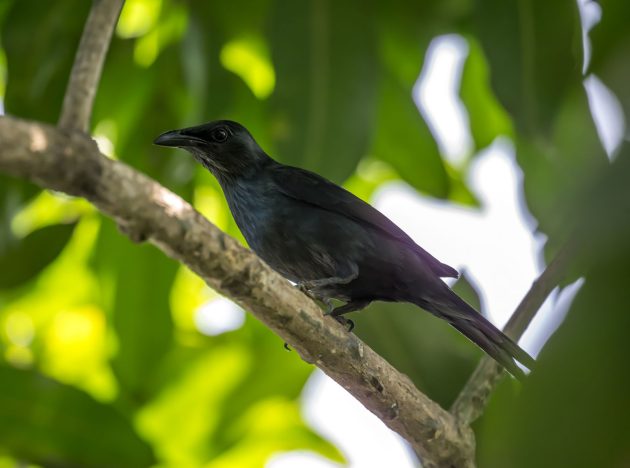
As the name suggests, it is endemic to Halmahera and some smaller islands nearby (a similar-looking species can be found on Obi, another island).
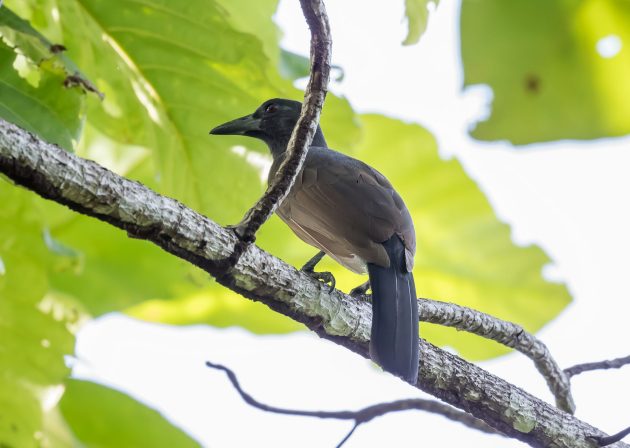
If you like a good mystery, maybe this paper is for you: “Enigmatic host-mite relationships: Unraveling the distribution of quill mites on Birds-of-Paradise”.
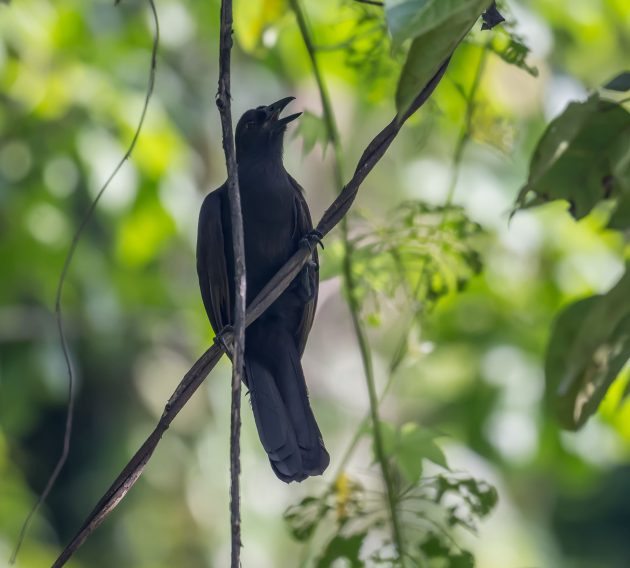
For the authors, even why research on this topic has not been done earlier (the paper was just published in July 2024) is a mystery in itself: “Although mites of the family Syringophilidae were first described over a century ago, it is intriguing that, until recently, extensive research on these parasitic mites associated with this spectacular group of birds has not been comprehensively conducted.”
Though maybe the authors find the way the sun vanishes at the end of each day rather intriguing, too.
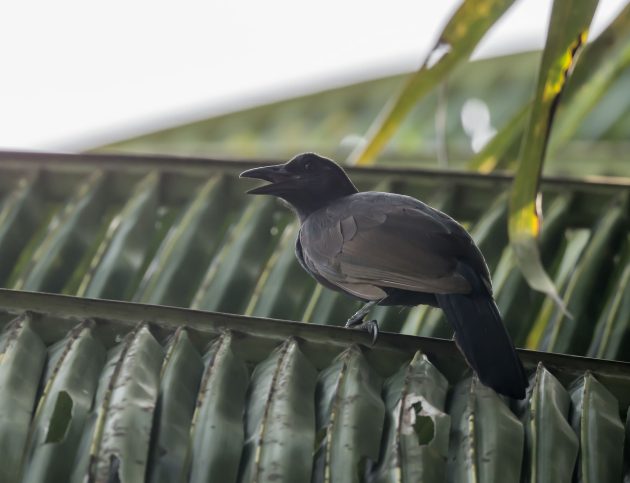
The Halmahera Golden Bulbul has basically the same distribution.
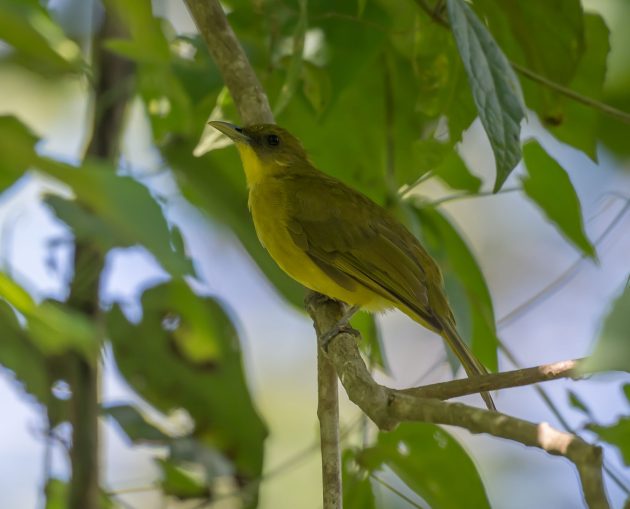
In this case, the common name seems to be more misleading than the scientific name Hypsipetes chloris (chloris means green or greenish).
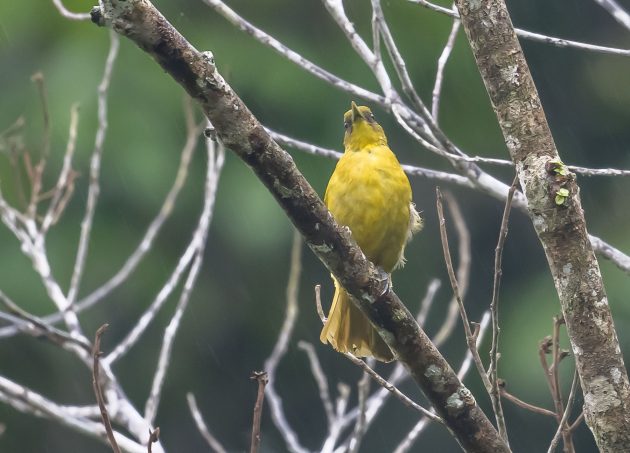
In Lesser Frigatebirds, the females are substantially larger than the males, something that these photos completely fail to show. Blame it on the perspective (immature male below, mature female above).
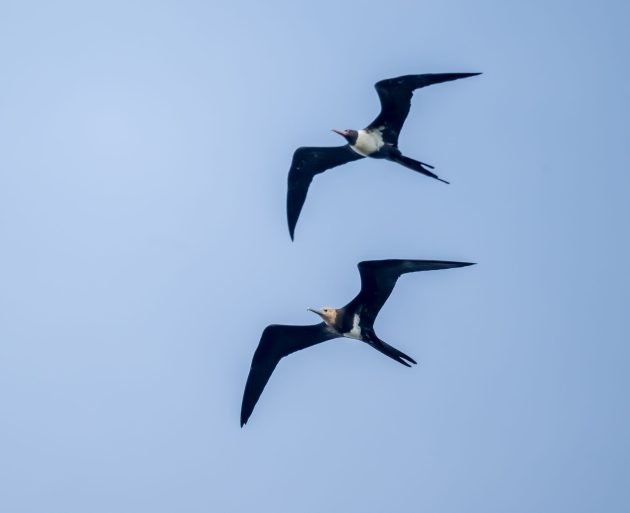
German readers may think of washing powder when hearing the scientific name Fregata ariel (I did). Readers with a more expensive education than me will think of Ariel as an air spirit of medieval mythology who also appears in Shakespeare’s play The Tempest.
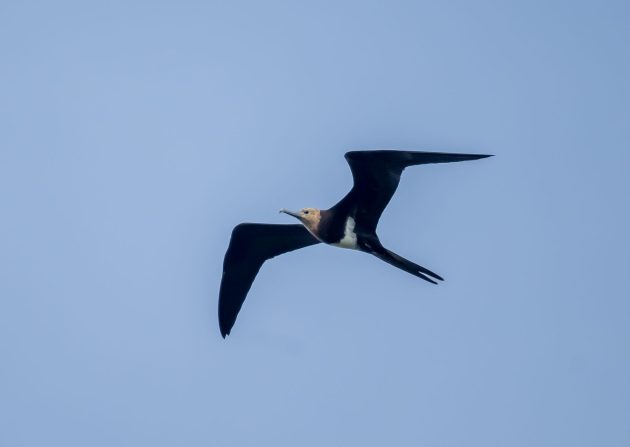
The Long-billed Crow is yet another species endemic to Halmahera and surroundings.
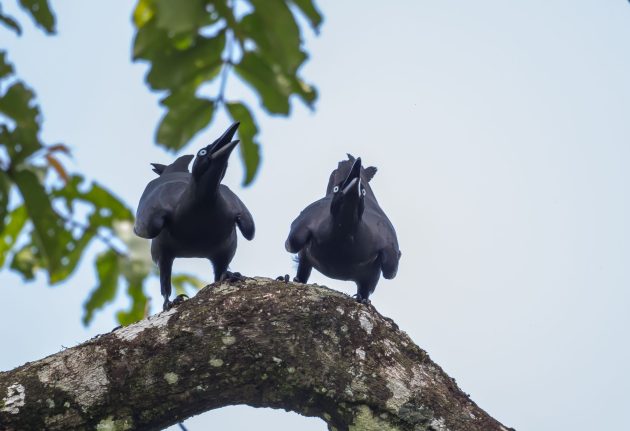
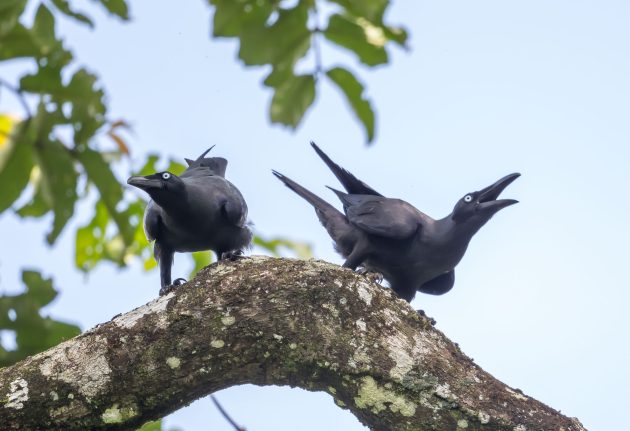
It is listed as Near Threatened. It relies on forest habitat – and with mining (Nickel) and agriculture spreading on Halmahera, this is shrinking.
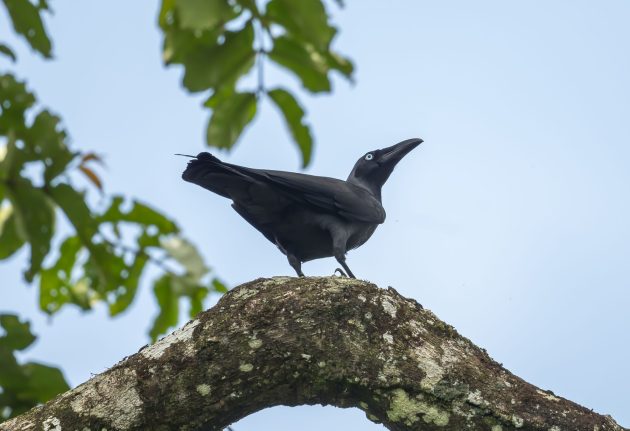

Fellow beat writer Faraaz beat me in pointing out that the scientific name of the Metallic Starling is Aplonis metallica.
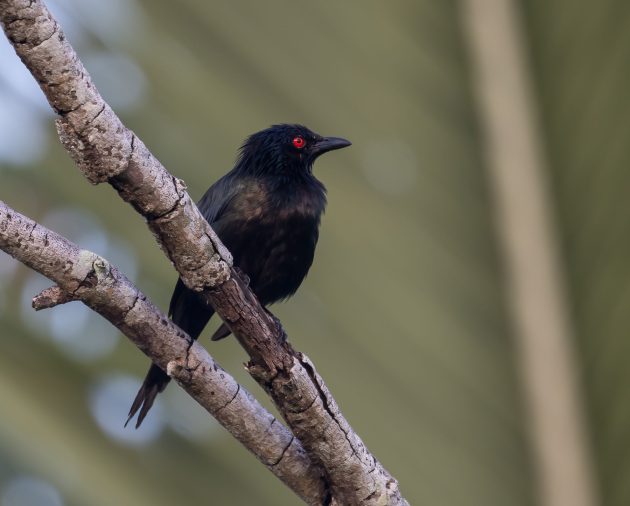
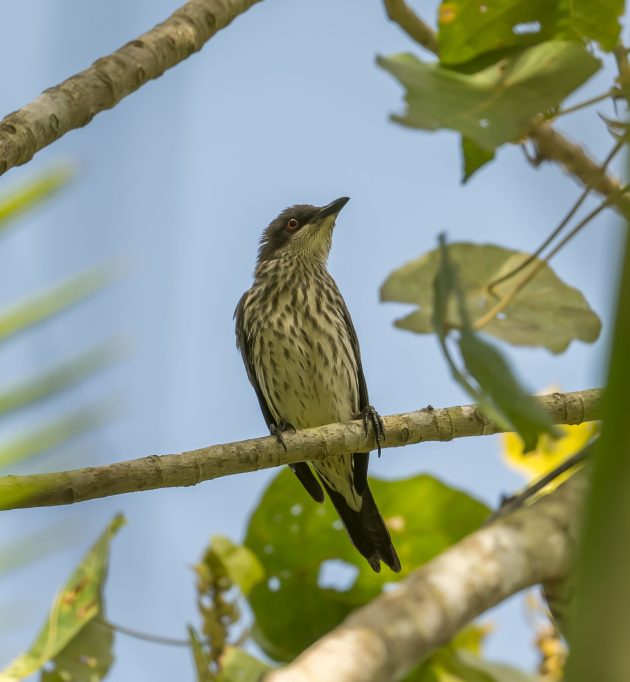
While I am not a fan of the band myself, Phoebe Bridgers did a great version of Nothing Else Matters.

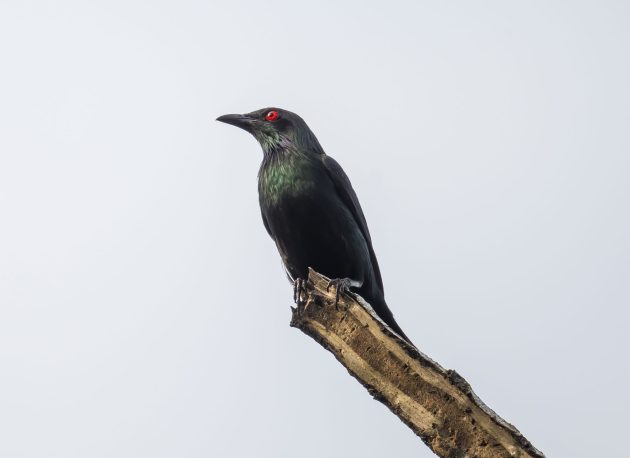
While many species on Halmahera are quite unique, others have a broad range and thus do not require a trip to the island. These species include the
… Oriental Dollarbird …
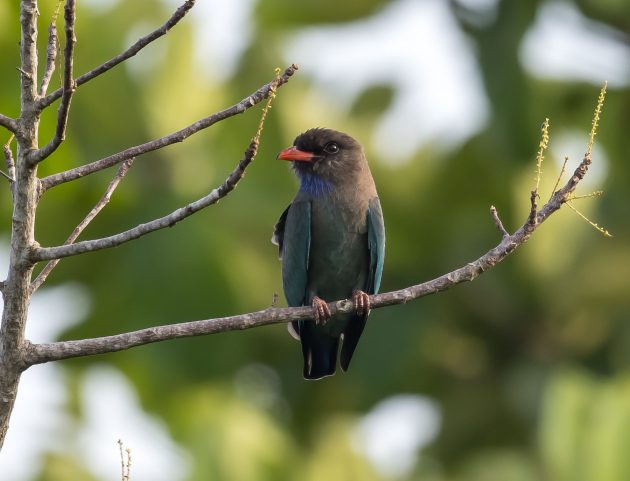
… Pacific Reef Heron …

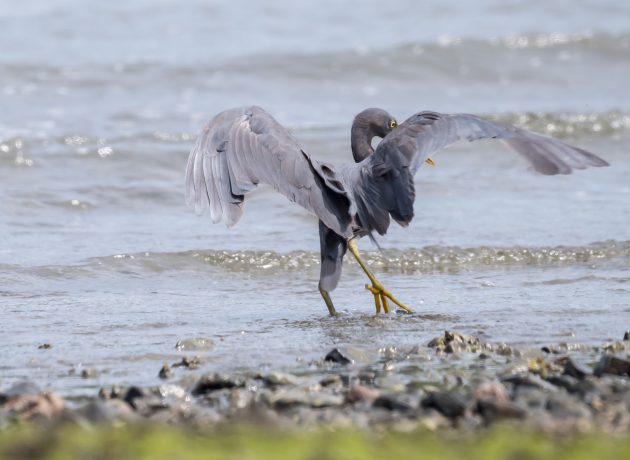

… and the Rainbow Bee-eater.
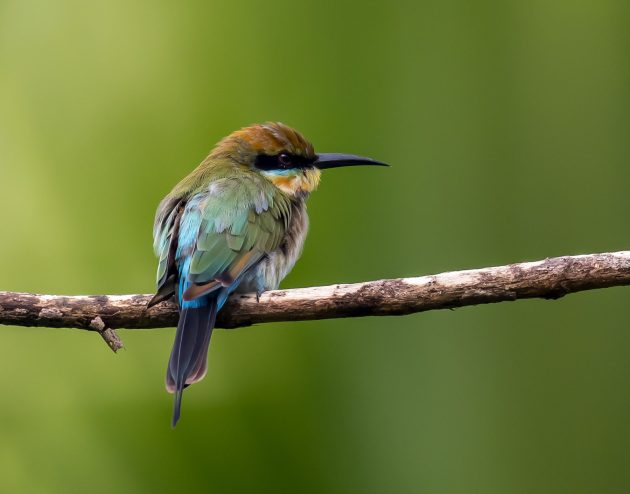
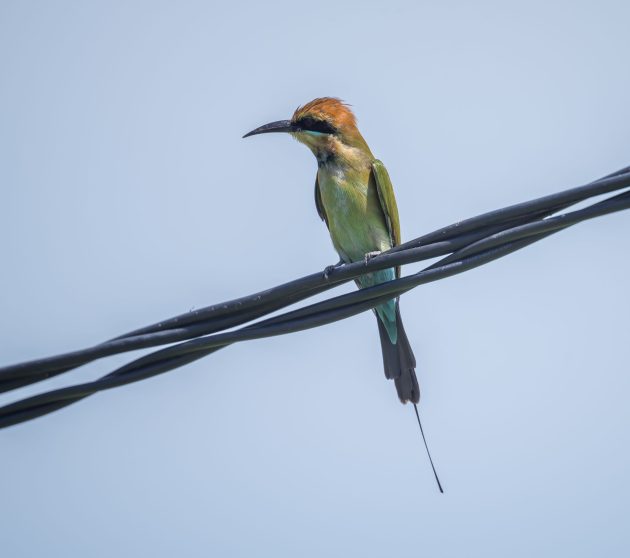
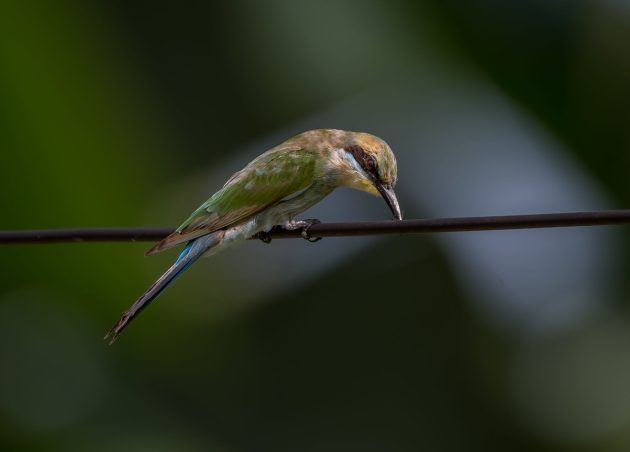
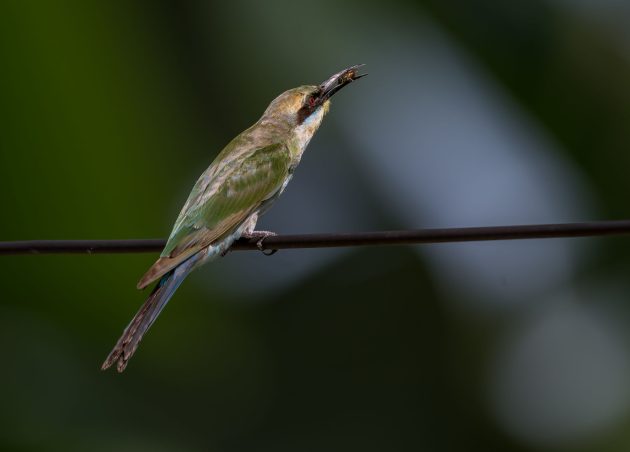
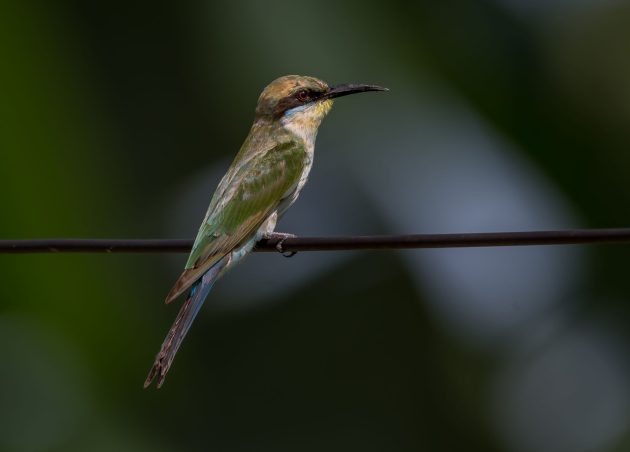
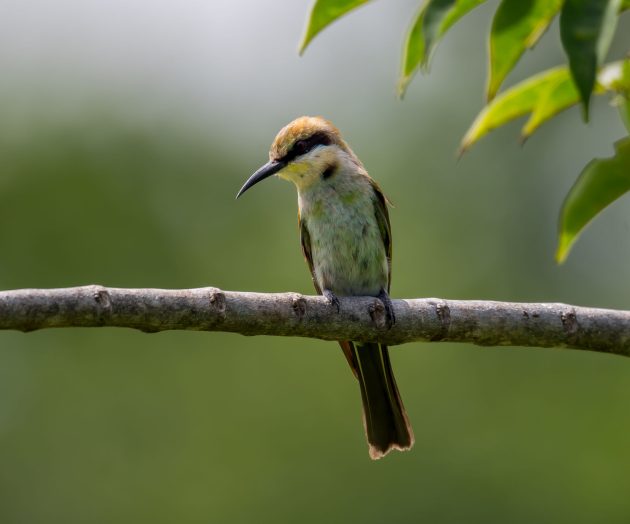
I saw two monarch species on Halmahera, the Moluccan Monarch …
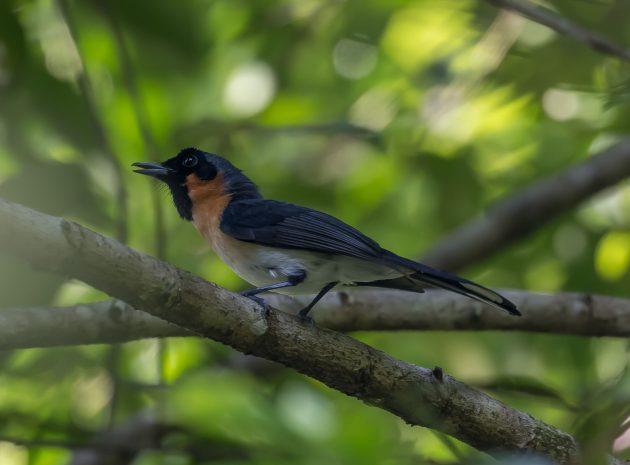
… and the White-naped Monarch.
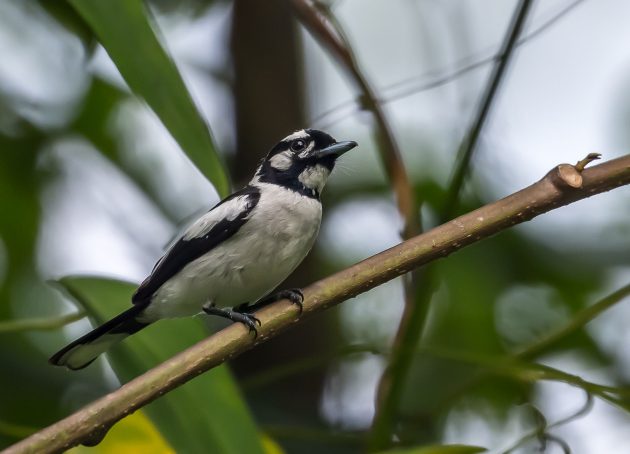
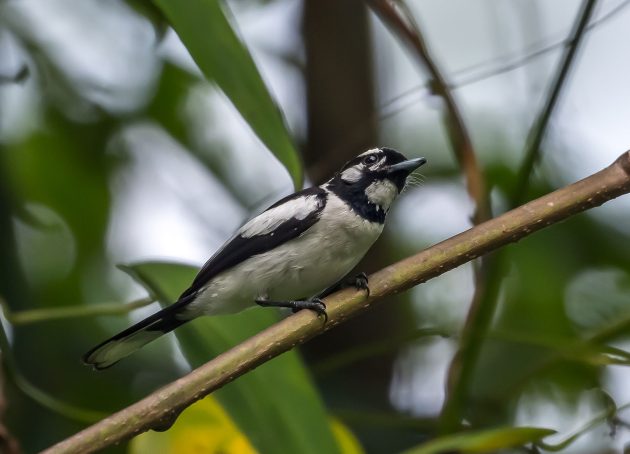
And for reasons I cannot explain, the Shining Flycatcher looks a lot like a monarch to me, too, even though apparently it is not.
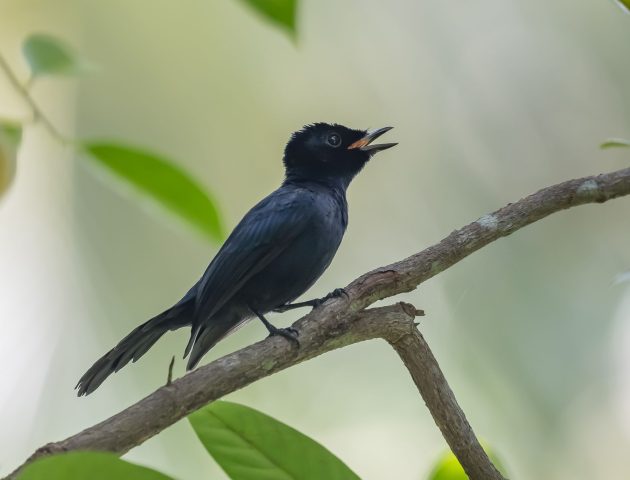
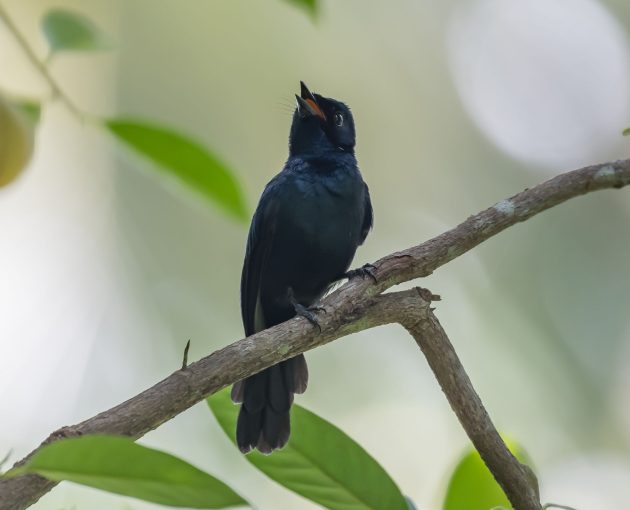

In fact, it is in the same genus as the Moluccan Flycatcher, Myiagra.
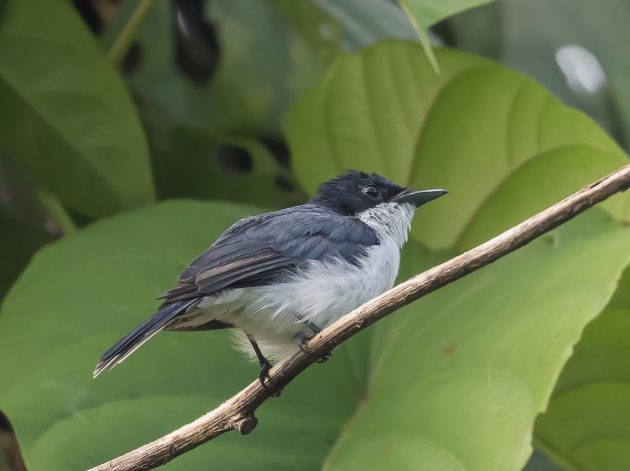
While the genus name of this species (Myiagra galeata) sounds a bit like a personalized medicine for older men with virility issues, the species name galeata indicates that the bird is helmeted.

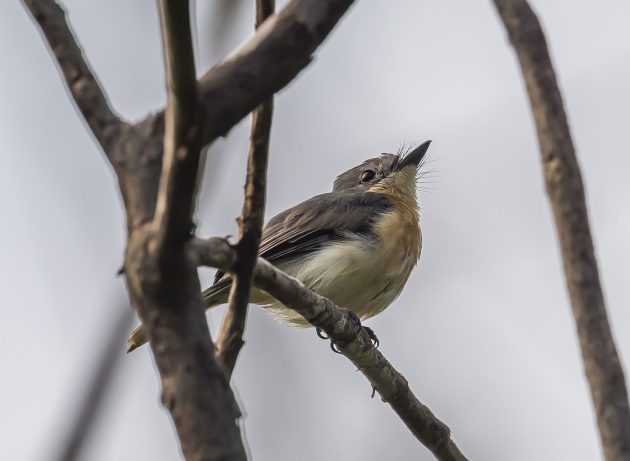
Strangely, the Oriental Hobby is listed as Least Concern despite a population estimate of only 1000–10,000 individuals and Cornell stating that the species is “generally considered rare and local, with populations suspected to be declining owing to ongoing deforestation in much of range”.

While the Rufous-bellied Triller is another bird more or less endemic to Halmahera …
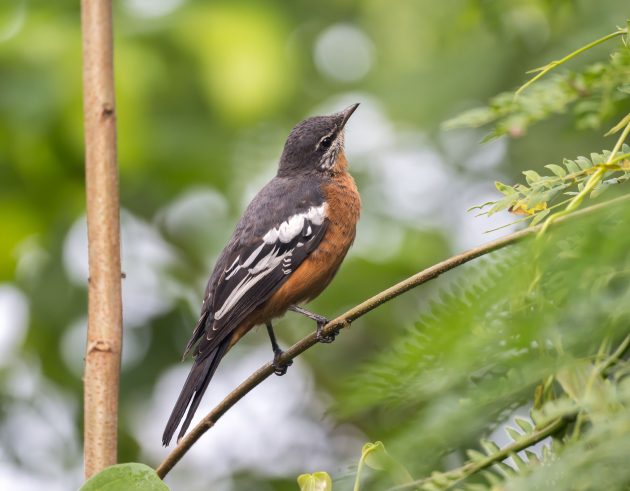
… the website Animal Information gives it a much wider distribution that includes Africa, India, and Southeast Asia. In that respect, ChatGPT (assuming that it was used to create the page) shares a cultural trait with people in some South American countries – namely, that it is considered more polite to provide wrong information than to admit not knowing something.
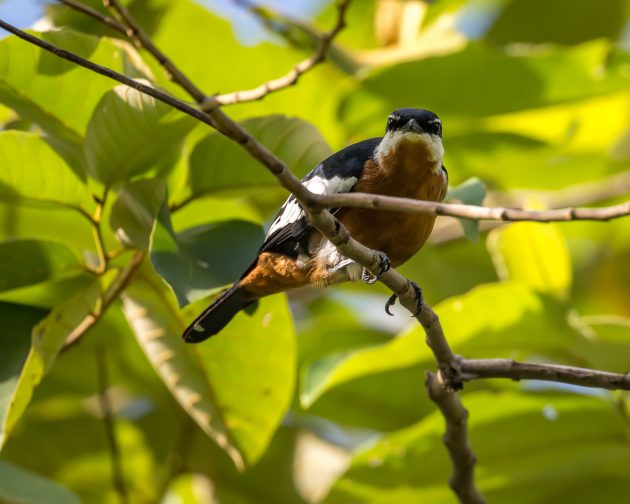
And whoever gave the species its scientific name Lalage aurea has probably never seen gold in his/her life (aurea means gold). Rufous makes more sense.
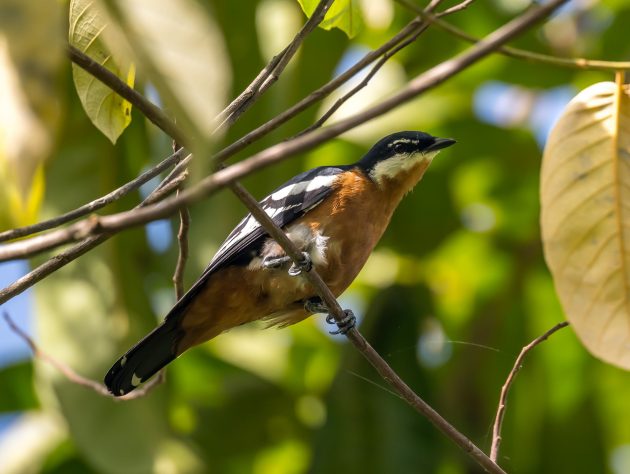
Seeing a White-streaked Friarbird, I thought it to be an Australian species, but this one is not – it is another endemic to Halmahera and surrounding islands.
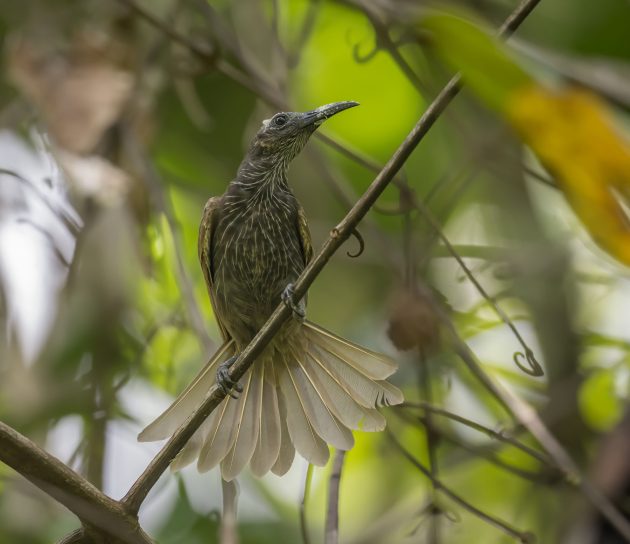

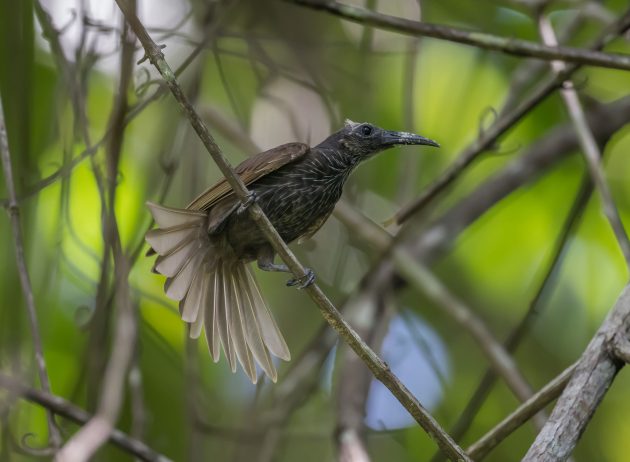
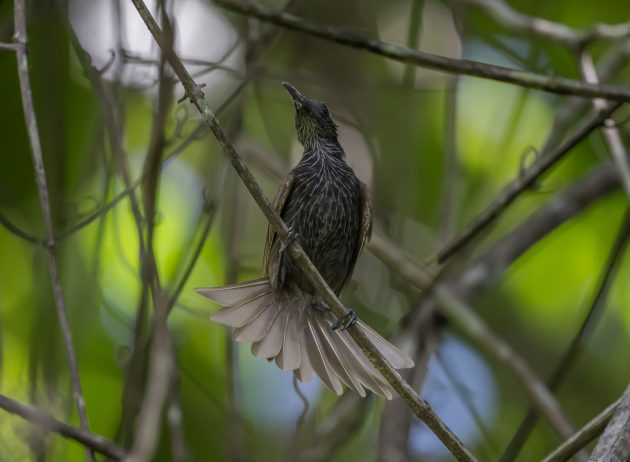
If I was a bird and my species name was Willie Wagtail, I would seriously consider committing suicide. So undignified.


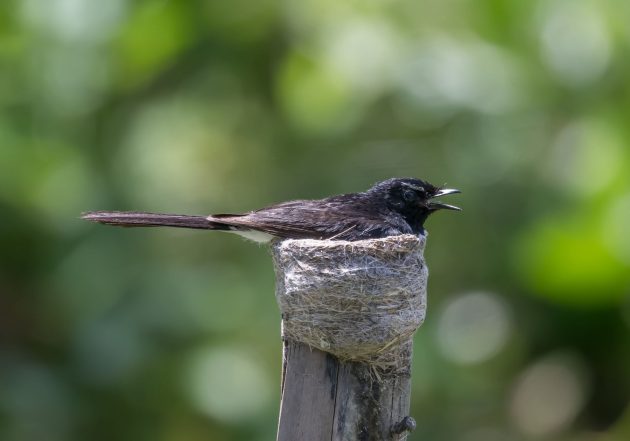
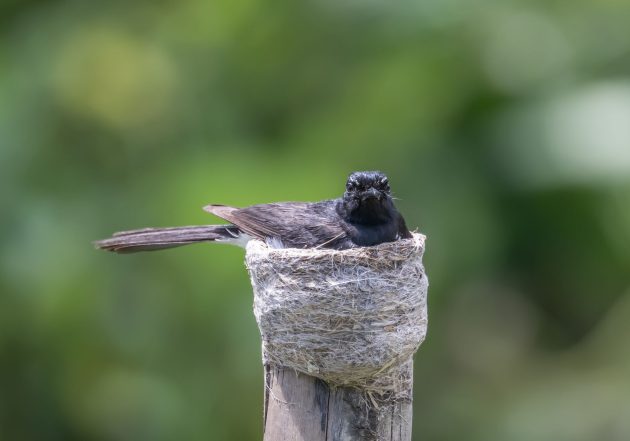

At the end, when I am quite tired of writing more for this post, there is always the “Other” section – animals that are not birds and that thus do not need to be described. I assume most readers will skip this part anyway. I have added a few landscape photos from Halmahera, something I usually forget.
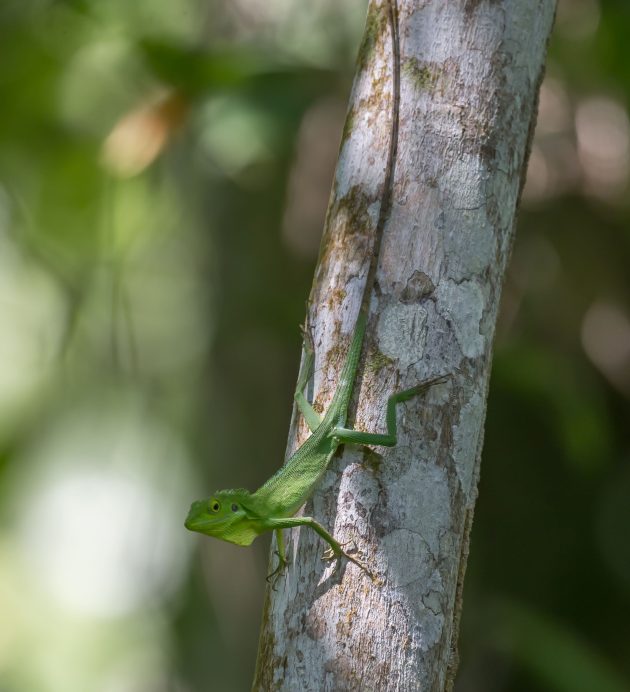

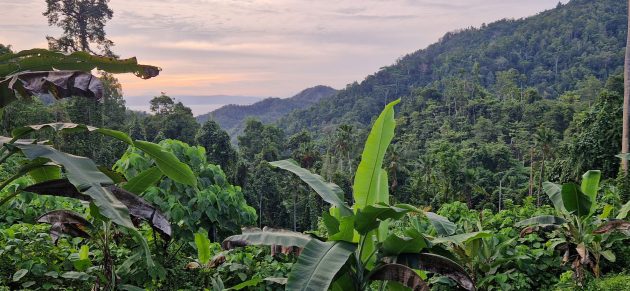
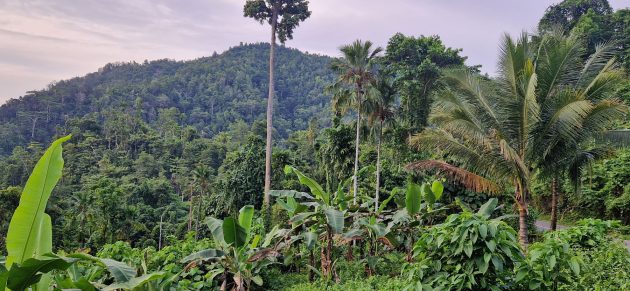
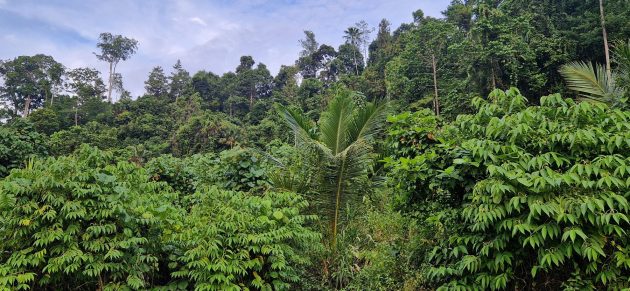
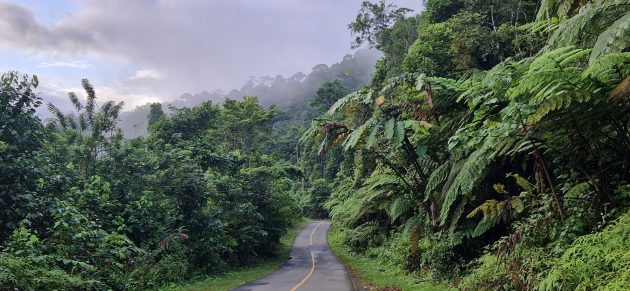


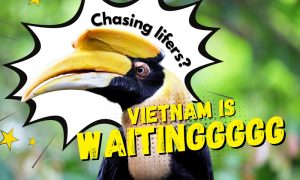
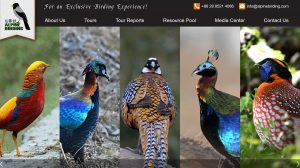
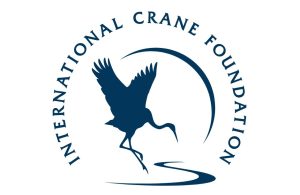

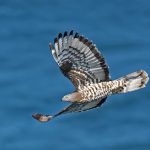


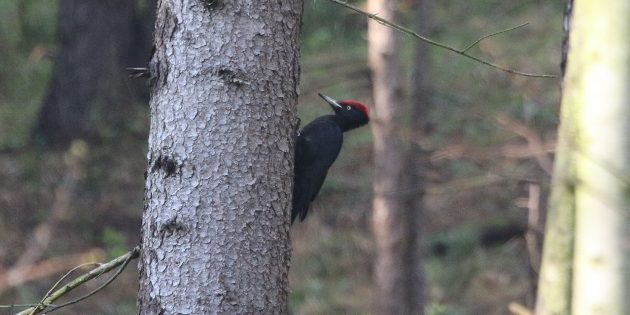
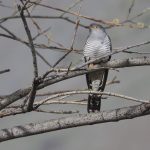

Leave a Comment